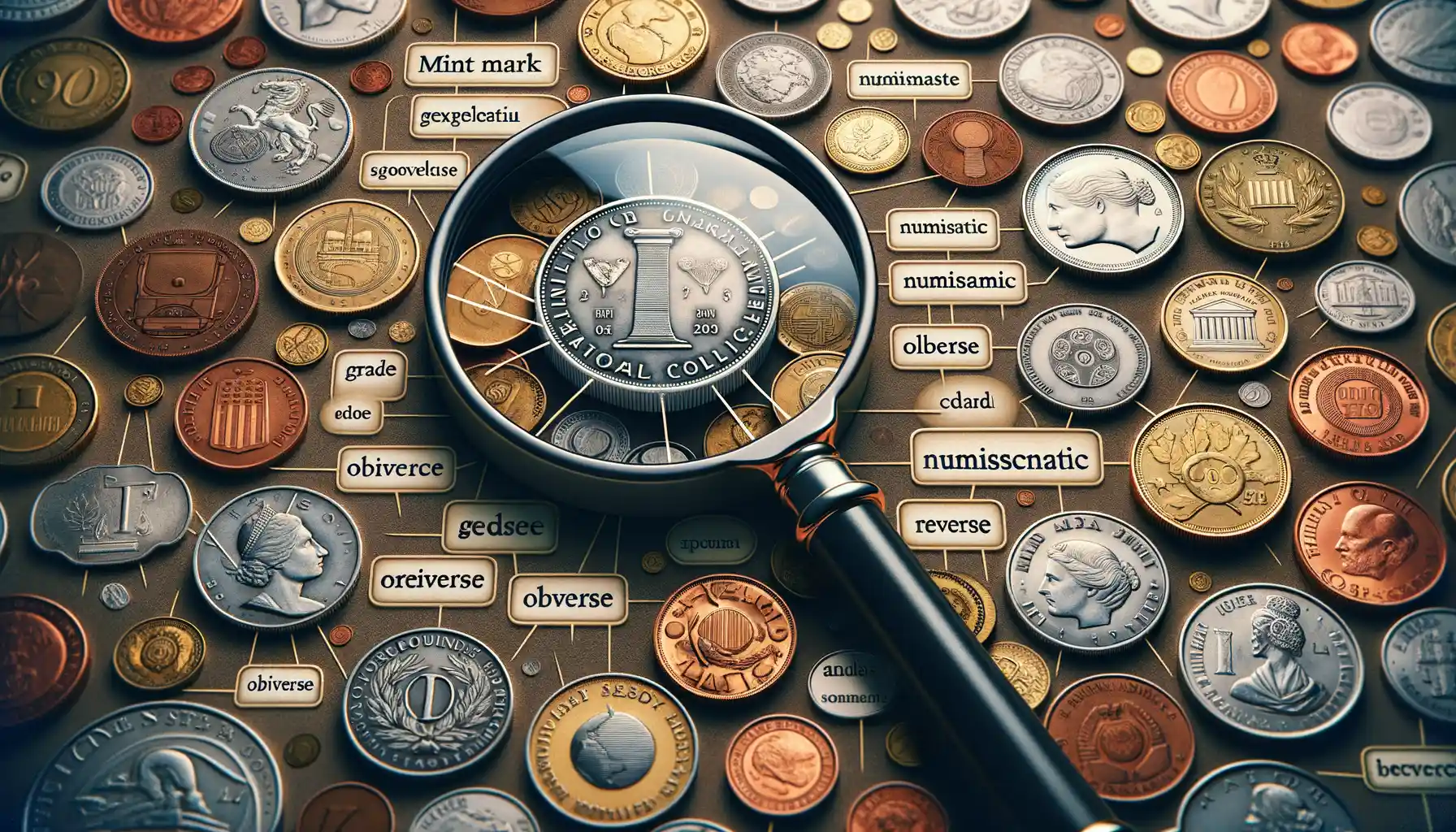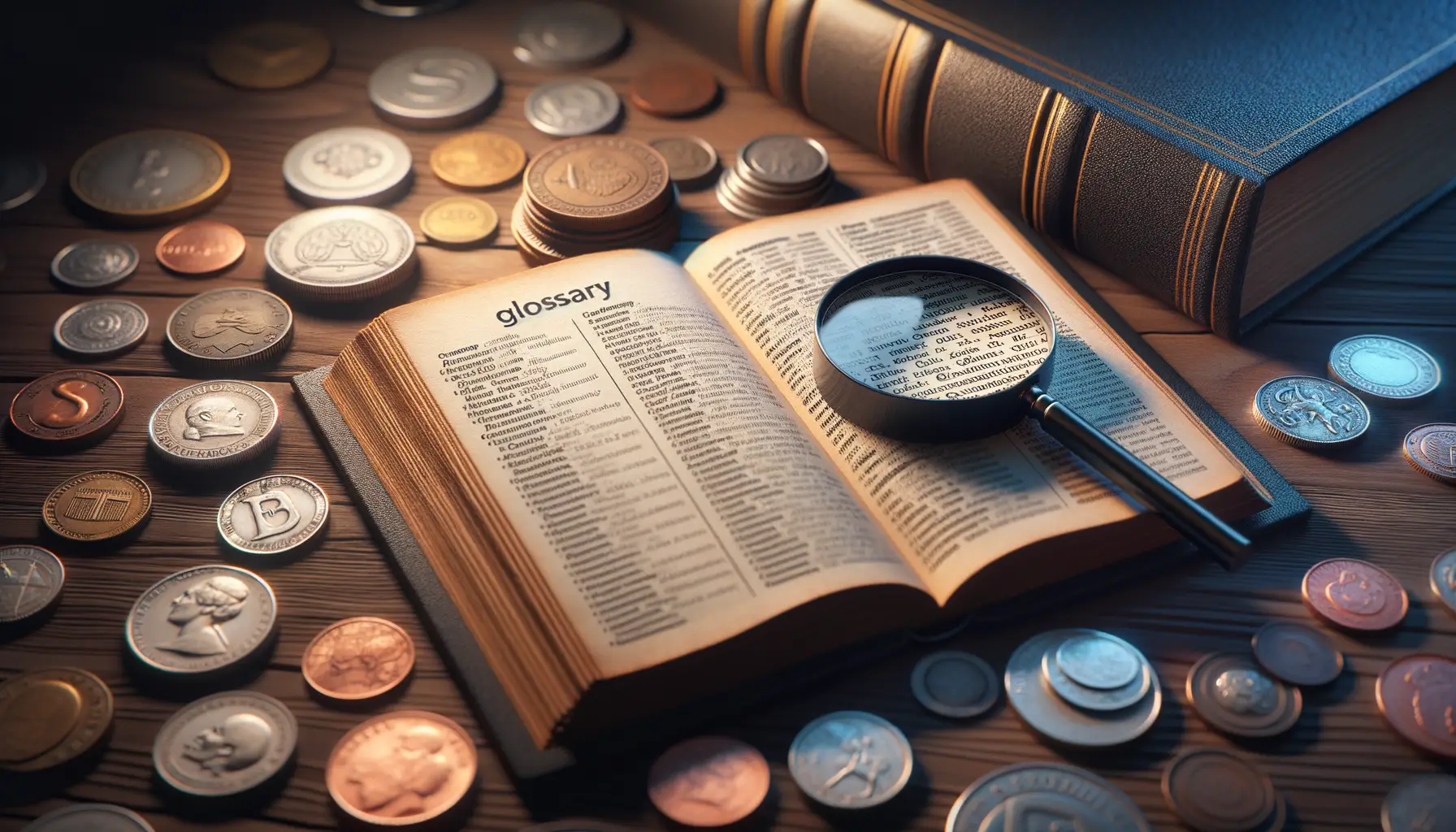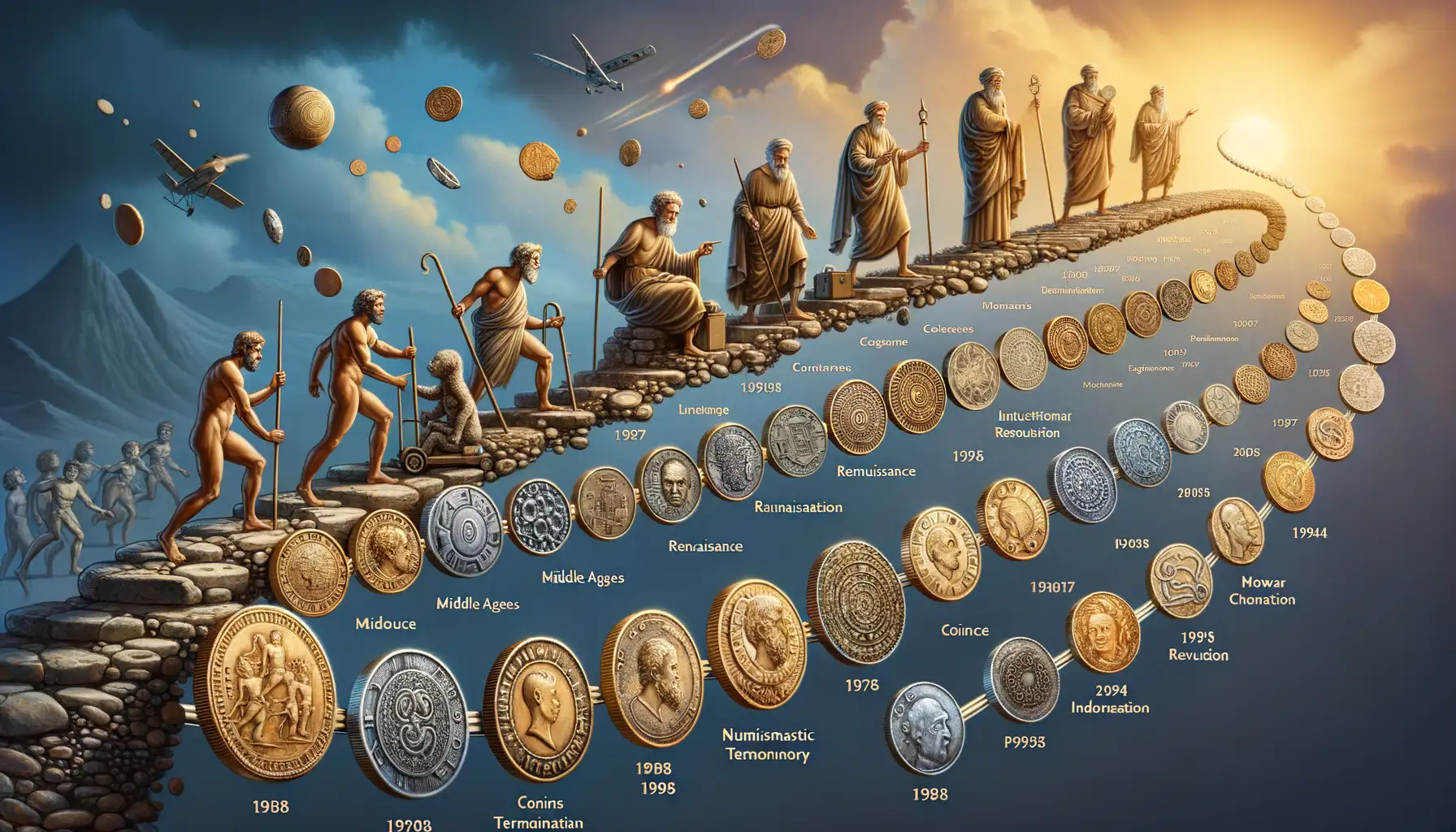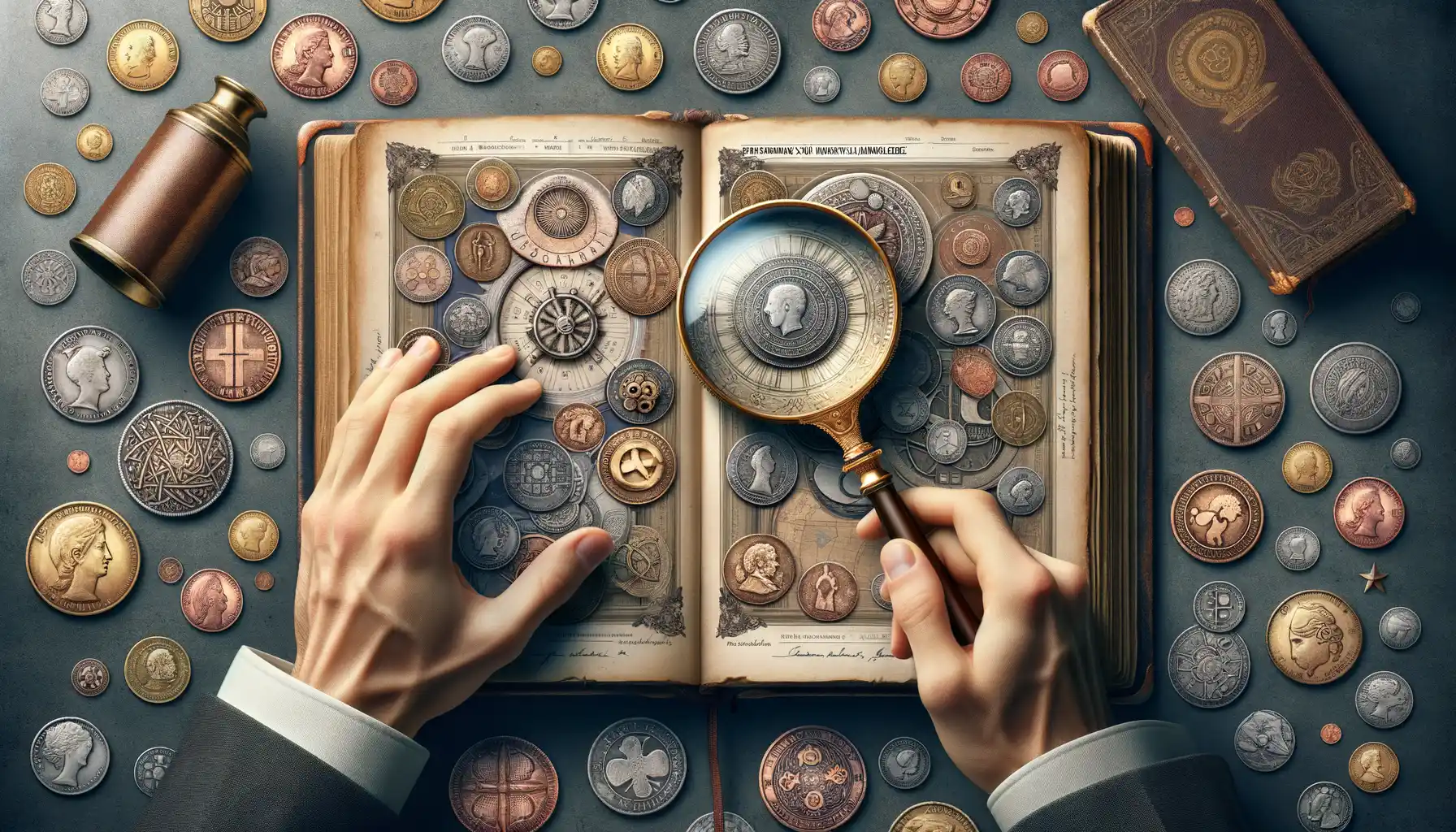Understanding Numismatics: An Overview
What exactly is numismatics? It’s more than just collecting coins—it’s a journey into the stories of people, places, and moments etched in metal. Imagine holding history in your hand, tangible and weighty. That’s the magic of this fascinating field. Whether it’s a centuries-old Roman denarius or that elusive penny you’ve been hunting, each coin holds its own narrative, waiting to be discovered.
A World Beyond Coins
While coins are the stars of the numismatic show, this hobby spans far beyond them. Did you know that banknotes, medals, and even tokens are part of the numismatic universe? It’s a treasure trove of possibilities! From ancient Greek drachmas to commemorative Olympic coins, there’s something for every collector. For some, it’s about the rarity; for others, it’s the gleaming designs or the historic ties. What’s your “why”?
- Exonumia: Think beyond legal tender—this includes tokens, medals, and other fascinating non-currency items.
- Notaphily: The art of collecting paper currency. Yes, banknotes can tell just as many stories as their metallic cousins!
So, where will your numismatic journey take you? Let’s dive deeper—it’s a richly rewarding adventure.
Essential Terms Every Coin Collector Should Know

Unlocking the Secret Language of Coin Collecting
If coins could talk, they’d surely whisper stories rich in history and value. To truly hear them, though, you’ll need to crack the code of numismatic lingo. Let’s dive into some essential terms that every passionate coin collector should have in their back pocket.
Start with obverse and reverse. These words might sound like a magician’s trick, but they’re simple: the obverse is the “heads” side of the coin, often featuring a ruler or emblem, while the reverse is its “tails,” where things like national symbols or artistic designs reside. Knowing these terms makes describing your finds so much easier (and impresses fellow collectors).
And then there’s the coveted proof coin. Think of it as the red-carpet celebrity of coins—struck with exceptional care on specially prepared dies, creating a mirror-like finish. These aren’t just coins; they’re miniature masterpieces.
- Mint marks: Tiny letters indicating where a coin was produced, like “D” for Denver or “S” for San Francisco.
- Numismatist: That’s you—a coin lover who doesn’t just collect but digs into the details.
Next time someone asks, you’ll know your planchet from your patina—and sound like a true coin connoisseur!
How to Use This Glossary in Coin Collecting

Unlocking the Power of Your New Favorite Tool
Dive into this glossary like it’s your treasure map. Whether you’re just starting out or you’ve been hunting rare coins for decades, this isn’t just a list of words—it’s your shortcut to becoming a sharper, more confident collector. Picture this: you’ve just spotted an unfamiliar term like “mule coin” while browsing an auction catalog. Instead of feeling stumped, you crack open this glossary and—voilà! Mystery solved in seconds.
Here’s a tip: Keep this guide bookmarked or printed nearby whenever you’re researching coins, at auctions, or chatting with fellow enthusiasts online. Each term is designed to give you quick clarity so you can spend less time scratching your head and more time hunting for those elusive gems.
Making It Personal: How This Glossary Works for YOU
To navigate the glossary like a pro, try these simple steps:
- Spot a term you’re curious about (e.g., “planchet”, “proof finish”).
- Look it up here to grasp its meaning, historical significance, or technical details.
- Watch how it transforms your understanding of coins during your next conversation or purchase.
You’ll notice some definitions are delightfully brief, while others dive deeper. That’s intentional! Not every collector needs to know the ins and outs of reeded edges, but when you do, it’s all right here waiting. Think of this as your personalized toolkit, ready to enhance your numismatic journey one discovery at a time.
The Evolution of Numismatic Terminology Over Time

A Journey Through the Shifting Language of Coins
Numismatic terminology has its own fascinating history, almost like the evolution of coins themselves. Words that coin enthusiasts toss around casually today, like obverse and mint mark, haven’t always been commonplace. Back in the day, collectors might have simply called the obverse “the front” or the mint mark “a little stamp.” But as the hobby grew, so did the complexity—and precision—of its language.
In the early 19th century, terms were borrowed from Latin or Greek, giving us words like numismatics (from “nomisma,” meaning coin). The rise of scholarly cataloging in the Victorian era brought even more specialized jargon into play, such as planchet and toning. It’s incredible to see how a community’s love for coins transformed these words into everyday collector staples.
- In medieval times, coins were described by their rulers’ heads or inscriptions.
- By the 20th century, grading systems introduced technical terms like MS-65 and proof strike.
Language, like old coins, carries stories of those who used it before us. Isn’t it poetic that even our words shift and shine over time, just like the treasures we treasure?
Tips for Expanding Your Numismatic Knowledge

Dive Into the History Behind Your Coins
Ever held a coin and felt the weight of history in your palm? One of the purest joys of numismatics is uncovering the stories locked within those tiny metal artifacts. Start by researching the era or civilization tied to your coins. For example, if you have a Roman denarius, find out which emperor minted it and why—it could lead to discovering battles, trade routes, or even ancient propaganda! Books like “The History of Coins and Currency” can be your trusty sidekick.
And don’t forget online resources! Websites like Numista or specialized forums connect collectors worldwide. There’s something magical about discussing a rare mint error with someone halfway across the globe. Knowledge truly blooms when shared.
Embrace Modern Learning Tools
Let’s face it—traditional books are great, but in today’s tech-heavy world, your smartphone can be a treasure trove. Download apps like PCGS CoinFacts or NGC Registry to identify, catalog, and value coins on the go.
Want a quick way to level up? Try this:
- Watch YouTube channels run by passionate collectors—they share tips even seasoned pros love!
- Tune in to podcasts like “Coin World Podcast” while commuting—it’s multitasking at its finest.
Trust me, with every step on this journey, you’ll be richer—not just in coins, but in knowledge and connections too.